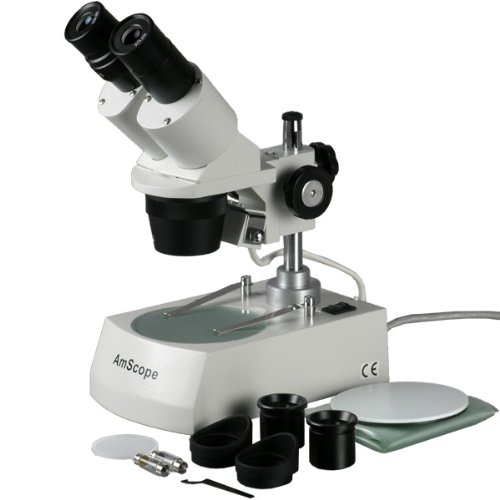A light microscope is one of the most beloved types of microscopes for finding at images. In the beginning, light scopes were created to see things such as fabric weave and other uncomplicated objects.
However, as time progressed, a person named Anton van Leeuwenhoek found ways to create scopes that allowed population to see things that were previously invisible. Today, these microscopes have come a long way but they still use light in assorted ways to view "invisible" worlds.
Light Microscope Images
One of the most beloved types of a light microscope is that of the captivating field microscope. These are the most beloved in most schools. A captivating field microscope aims light straight through the specimen into the eyepiece, in order to view the objects on the microscope slides.
A student can then use the coarse or fine knobs to adjust their field of view. Unfortunately, these are microscopic light microscopes and can sometimes distort the image as soon as one begins to see it clearly.
Another type of light microscopes that can be found in many labs is that of the dark field. These microscopes are great for viewing objects that would otherwise seem distorted with a captivating field scope, such as cells and pond water.
The small metazoans can for real be seen and remarkable when using this type of scope. The light is reflected by particles on the microscope slide. This allows for a more in depth study at a small cost compared to a scanning electron one.
Choosing a light microscope to look at items can be a daunting task. One has basically two choices and depending on how much or what one wishes to see will conclude if a person chooses correctly. Both the dark and captivating field microscopes offer great advantages for those who want to see the unseen.
However, if one wants to be more in depth, then a microscopic more money and effort studying about the in's and outs of the scope will be required. The main thing to remember is that science is the backbone of our world, no matter how high tech it has become.
Reviewing the Types of Light MicroscopesFriends Link : Pneumatics and Plumbing Good choice Men Eco Drive Watch Cell Phone Backup






















